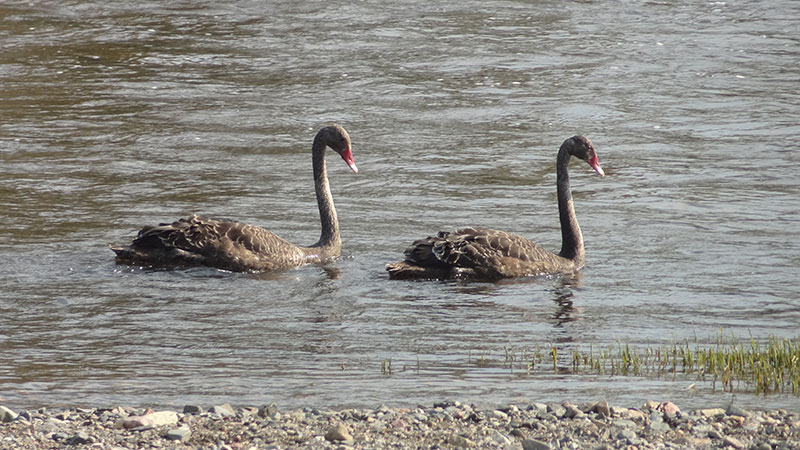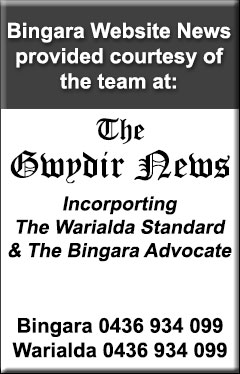Local school students have joined the fight to protect waterbirds across the North West, with a new ‘Waterbird Tracker’ app which was trialled in Bingara.
Northern Tablelands MP Adam Marshall said that school teachers from across the region attended workshop at Bingara’s Living Classroom with support from the NSW Office of Environment and Heritage.
“This new app will give us a better understanding of our local fauna, helping the NSW Government make informed decisions to assist conservation and protect our local environment,” Mr Marshall said.
“The Waterbird Tracker app will be the latest tool in the arsenal of conservationists, bird watchers and nature lovers who want to do their part in protecting our waterways. Sightings of several local birds can be reported through the app or website, providing a snapshot of the health of local ecosystems and guiding decisions relating to management and protection of our wetlands.”
Office of Environment and Heritage Senior Wetland Conservation Officer Daryl Albertson, who developed the project, said the Waterbird Tracker website would allow schools and citizen scientists to better understand the threats posed to wetlands, waterways and ultimately waterbirds.
“The Waterbird Tracker is based on an existing platform that enables people to track a range of feral animals, wombats and turtles, but it’s been specifically adapted to suit the flagship waterbird species that use our regional wetlands and waterways.
“The species we are focusing on are Black Swan, Glossy Ibis, Brolga, Magpie Goose and Black-necked Stork. Over time, a picture of how these birds use our regional network of wet places will emerge. Most importantly, local people will have a better understanding of the threats to our wetlands, especially the loss of water flows, habitat degradation and feral species invasion.
“It’s the perfect tool for school students and members of the general community, to keep an eye on what’s happening in their local wetland or waterway, and to begin to understand the comings and goings of the key waterbirds that rely on these important places.”
Staff from Wambangalang Environmental Education Centre and the NSW Office of Environment and Heritage demonstrated Waterbird Tracker as part of a day of wetland and waterways professional development training at the Living Classroom at Bingara.
Teachers can now educate their students on how to use the app in their local communities.




